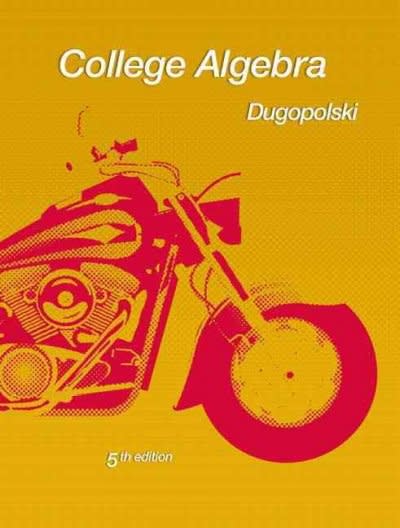Question
depiction In the present lab we will expand on code written to perform broadness first hunt on a chart. A benefit of utilizing broadness first
depiction
In the present lab we will expand on code written to perform broadness first hunt on a chart. A benefit of utilizing broadness first inquiry is that the briefest way through the (unweighted) diagram is found. We will probably delineate how this calculation can execute in a nonexclusive style on charts addressing various issues, without changing the code for the center calculation by any means. Just the diagram needs to change. Likewise note that if profundity first hunt is to be performed rather the code might be altered by utilizing a stack rather than a line.
Download the starter code which contains two .cpp records. You will modifiy these by carrying out the build_graph() capacity to address two fun riddles that are notable in the realm of sporting science.
Puzzle 1: The Wolf, Goat, and Cabbage
You are remaining with a wolf, goat, and cabbage, close to a stream, and you might want to move every one of the three of these things to the opposite side. Notwithstanding, you just approach a little boat that can fit all things considered one thing (other than yourself). In the event that you let the wolf and goat be unattended, awful things happen to the goat. In the event that you leave the goat and cabbage unattended, awful things happen to the cabbage.
For this riddle, you will have 24 = 16 states (hubs), since every one of the 4 items being referred to (yourself, the wolf, the goat, and the cabbage) can be either on the left half of the waterway or the correct side. A characteristic method to address a hub is utilizing a whole number in the reach 0 ... 15, where every one of the whole number's 4 pieces addresses one article (0 for left side, and 1 for right side). One could likewise possibly utilize a length-4 series of zeros and ones. The drawback of utilizing whole numbers is the requirement for bitwise control (e.g., taking a gander at explicit pieces), however then again it's a lot simpler to count through whole numbers in 0 ... 15 than length-4 twofold strings. The portrayal of a specific state (which is now remembered for the code) is every thing is appointed a piece position (#of bits left of furthest right piece in number worth): 0 for wolf, 1 for goat, 2 for cabbage and 3 for yourself; a worth of 0 shows the thing is to one side of the stream, 1 demonstrates the thing is to one side. The beginning state is 0 (0000): all things to left and the completion state is 15 (1111): all things to right.
At the point when you print out the grouping of hubs in an answer, the condition of every hub ought to be imprinted on a solitary line in a comprehensible configuration like this:
wolf cabbage |river| goat you
Furthermore the activity to arrive at each state will be shown before the condition of the hub. The beginning hub is the underlying state so there is no activity to arrive at this hub so "Introductory state: " is shown before the state rather than an activity. Subseqent states will show an activity before them, the string for this activity to be shown is created by state_string() and will be put away in the edge_label map as the worth from a source,target state pair with a specific activity. Subsequently the initial segment of the arrangement should print as follows (should coordinate precisely):
Introductory state: wolf goat cabbage you |river|
Cross with goat: wolf cabbage |river| goat you
...
To work with this the state_string(), print_path(), and neighbor_label() capacities are given. The portrayal of a condition of the riddle is given just as the fundamental() work. You will execute the build_graph() capacity and you may likewise compose any extra aide capacities, adjusting wolfGoatCabbage.cpp



Step by Step Solution
There are 3 Steps involved in it
Step: 1

Get Instant Access to Expert-Tailored Solutions
See step-by-step solutions with expert insights and AI powered tools for academic success
Step: 2

Step: 3

Ace Your Homework with AI
Get the answers you need in no time with our AI-driven, step-by-step assistance
Get Started


